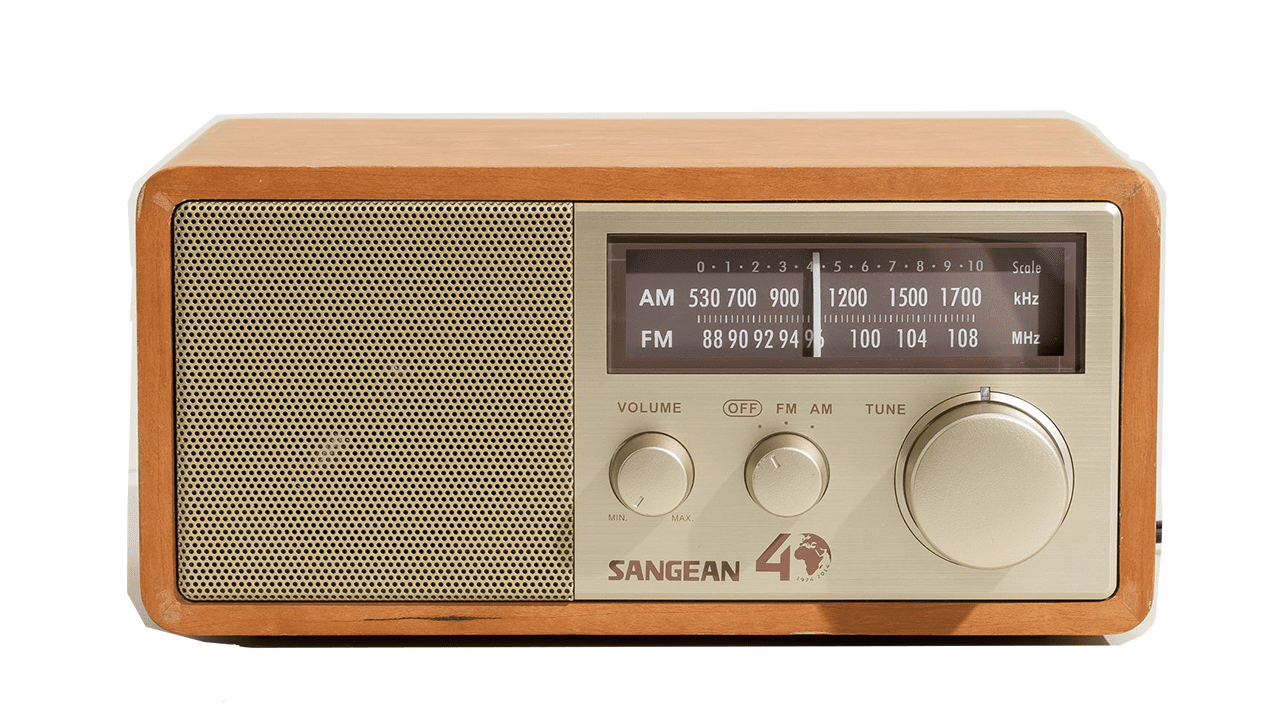Whether it be the sounds of school drop offs or national broadcast platforms, Australian radio seems to only have one colour. White. More specifically, old, white and male. Despite advancements on other platforms, this still rings true for radio today.
Surfing between AM and FM, you’d be lucky to find a radio host or team deviating from the euro-centric mould. The broadcasting medium has not progressed at the same rate as many other forms. Though offering stations in community languages and installing segments for ethno-cultural voices is a step worth acknowledgment, these steps are limited to non-commercial broadcasted, relegated to off-peak time slots. Established and commercial stations still remain particularly white spaces.
Why haven’t we heard an ethnic voice that Australians can connect to? A voice truly reflective of the stories and art of contemporary Australia? The problem of ethno-cultural diversity starts at the very top.
In April 2022, Commercial Radio Australia appointed Ford Ennal, the founding CEO of Digital UK, to take over the coveted national position. When interviewed about his vision for the nation’s radio industry, the British tech mogul vowed to “achieve its potential with both listeners and brands.” Recognised for his relationships with global brands and strides towards digitisation, Ennal has his eyes set on expansion.
And yet to no surprise, there seems to be no vision for cultural, ethnic or gender representation in our radio programmes. Put simply, Ennal’s angle is about expansion and brand growth and, despite emigrating to Sydney, he cannot be the voice for change that Australia’s radio industry needs.
Before we even address the institutional white dominance, the gender imbalance comes into play. Of the top 15 radio stations in Australia, almost every host is white middle aged men. And even then these women are often paired with a male or only present off-peak segments. The leading voices of Australia’s commercial radio industry lack diversity, across gender, race and culture.
So this leads to the main question. Why is commercial radio the last remaining bastion of middle-aged white men? It is clear that the nation’s top radio station hosts are overwhelmingly white. Alan Jones, Kyle Sandilands, Rhys Holleran, Brendan ‘Jonesy’ Jones — the list goes on. Every station is led by the same voices, producing an outdated representation of Australia’s listener culture.
These most listened to platforms perpetuate a mould that only men can lead or uphold radio broadcasting. What message does this send to the children in the backseat on the way to school? When they’ll never hear a name, ethnicity or identity like theirs?
Despite this, other corners of the broadcasting sphere have made moderate advancements. Triple J has recently platformed “Blak Out”, a 5-6pm segment every Sunday hosted by an Aboriginal artist, Nooky, a proud Yuin and Thungutti man. This segment showcases Australia’s vibrant First Nation’s talent. Nooky is a fresh voice in Australian radio, providing an authentic shade of Australian sound. But although Triple J is providing valuable exposure, one hour on a Sunday is not enough. Sunday is an off-peak period which tends to receive the least listeners of the week on a single radio station. It is a start, but still not good enough.
But what’s next for Commercial Radio Australia’s listening repertoire? It’s not meeting its competitors in other mediums. There hasn’t been a revolution of hosting culture and there doesn’t seem to be one coming. The lack of diversity in Australian radio is institutional and will require a lot of work to instigate true gender, ethno-cultural and aesthetic change.
On a community level, a more dynamic image and culture is displayed. If you’re looking for Indigenous radio platforms to support, consider NIRS, First Nations Radio, 3KND, Noongar Radio or 2CUZ. If you’re looking for community radio stations that platform local Eora artists or have a broader breadth of both ethno-cultural and identity spectrums then consider FBi Radio, Radio Skidrow or 2RDJ. The University of Sydney has SURG, a fusion student led radio station which showcases local student musicians, collectives and critics.
So, tune in. When you turn on your radio, listen to the blinding reality of Australia’s broadcasting industry. And demand change. We want to listen to diverse voices and perspectives. Let’s make sure they are heard.





